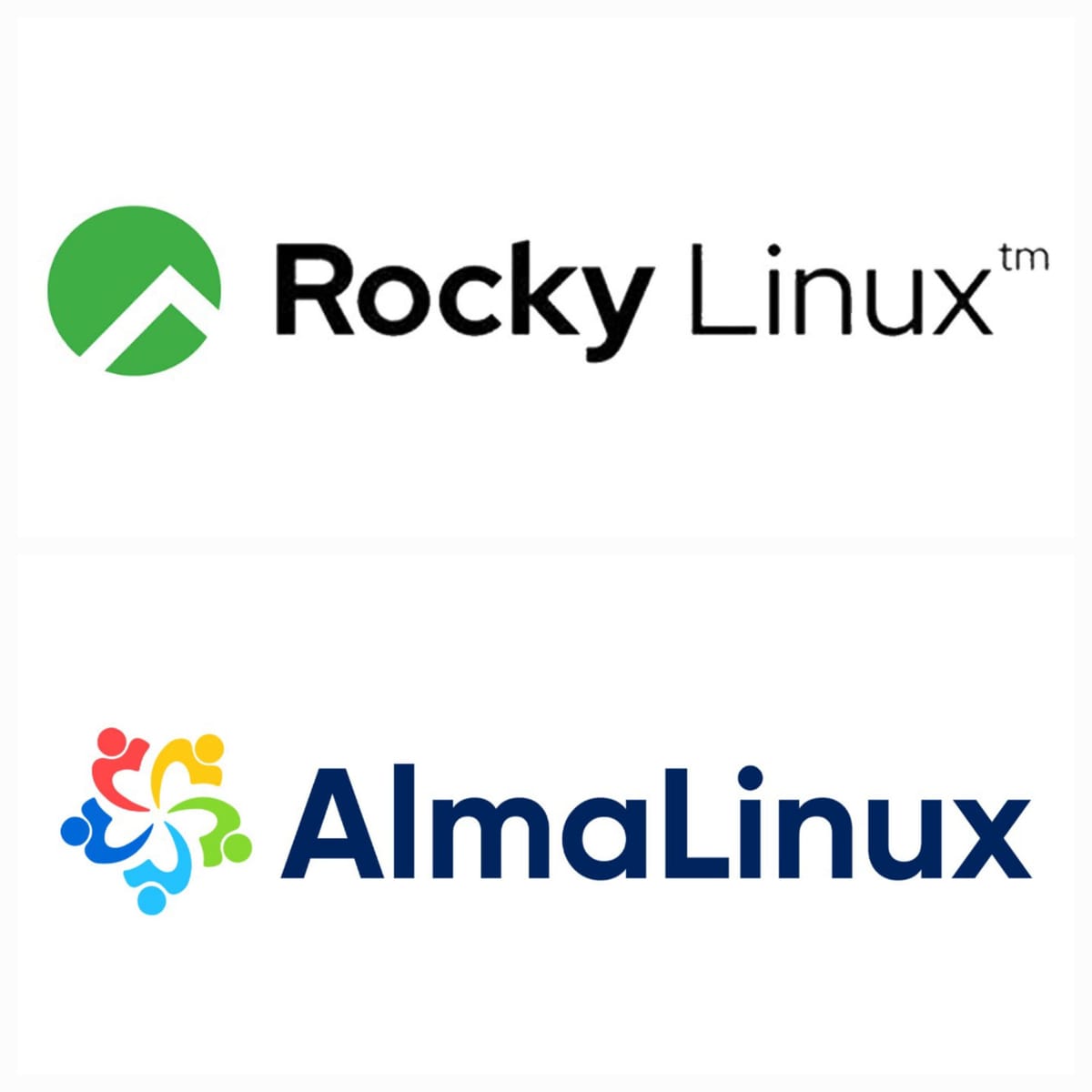Rocky and Alma Linux Thrive as RHEL Embraces AI: The Enterprise Linux Landscape Evolves
The enterprise Linux ecosystem is experiencing a fascinating transformation as community-driven distributions Rocky Linux and Alma Linux continue to gain momentum, while Red Hat Enterprise Linux (RHEL) pioneers new territory with its AI-powered assistant. This evolution reflects the broader shift in how organizations approach infrastructure management and the growing importance of artificial intelligence in system administration.
The Resilient Rise of Community-Driven Enterprise Linux
Rocky Linux and Alma Linux have established themselves as formidable alternatives to RHEL, proving that community-driven enterprise solutions can thrive in today's competitive landscape. Both distributions emerged as responses to CentOS's shift in strategy, filling a critical gap for organizations seeking stable, enterprise-grade Linux without the associated costs.
Rocky Linux, founded by CentOS co-founder Gregory Kurtzer, has demonstrated remarkable growth since its 2021 launch. The distribution has achieved bug-for-bug compatibility with RHEL while maintaining its commitment to free, open-source enterprise computing. Recent statistics show Rocky Linux has been downloaded millions of times across different architectures, with particularly strong adoption in cloud environments and containerized deployments.
Alma Linux, backed by CloudLinux, has similarly flourished by focusing on stability and long-term support. The distribution has garnered support from major cloud providers and has been integrated into various hosting platforms, demonstrating its commercial viability and enterprise readiness.
RHEL's AI Assistant: A Game-Changing Innovation
Red Hat's introduction of an AI assistant represents a significant leap forward in enterprise Linux management. This intelligent system is designed to help administrators troubleshoot issues, optimize performance, and manage complex environments more efficiently. The AI assistant leverages machine learning algorithms trained on vast amounts of system data and best practices accumulated over decades of enterprise deployments.
The AI assistant offers several key capabilities:
- Predictive maintenance: Identifying potential system issues before they impact operations
- Intelligent troubleshooting: Providing contextual solutions based on system state and historical patterns
- Performance optimization: Suggesting configuration improvements based on workload analysis
- Security recommendations: Proactive identification of vulnerabilities and remediation strategies
This innovation positions RHEL at the forefront of intelligent infrastructure management, potentially creating new competitive advantages in enterprise environments where operational efficiency is paramount.
Market Dynamics and Competitive Landscape
The success of Rocky and Alma Linux alongside RHEL's AI innovations illustrates the diverse needs within the enterprise Linux market. Organizations are increasingly seeking flexibility in their infrastructure choices, balancing factors such as cost, support requirements, and feature sets.
For many enterprises, the choice between these distributions depends on specific use cases:
- Cost-sensitive deployments often favor Rocky or Alma Linux for their zero-cost licensing
- Mission-critical environments may prefer RHEL for comprehensive commercial support and advanced features
- Hybrid approaches allow organizations to use different distributions across various environments
The Role of AI in Modern System Administration
RHEL's AI assistant represents broader trends in IT operations, where artificial intelligence is becoming integral to managing complex systems. This development aligns with the growing adoption of AIOps (Artificial Intelligence for IT Operations) across enterprise environments.
The integration of AI into core operating system functionality offers several advantages:
- Reduced mean time to resolution for system issues
- Improved resource utilization through intelligent optimization
- Enhanced security posture via proactive threat detection
- Simplified management of large-scale deployments
Looking Ahead: Future Implications
The current landscape suggests a healthy ecosystem where community-driven distributions and commercial offerings can coexist and drive innovation. Rocky and Alma Linux's continued success validates the importance of open-source alternatives, while RHEL's AI capabilities demonstrate how commercial distributions can differentiate through advanced features.
This dynamic creates several important trends:
- Increased innovation pace as distributions compete on features and capabilities
- Greater choice for enterprises in selecting appropriate solutions for different use cases
- Evolution of support models as AI reduces the complexity of system management
Conclusion: A Thriving Ecosystem Benefits Everyone
The simultaneous success of Rocky Linux, Alma Linux, and RHEL's AI innovations demonstrates the strength and diversity of the enterprise Linux ecosystem. Organizations now have more choices than ever, from cost-effective community distributions to AI-enhanced commercial offerings.
This healthy competition drives innovation, improves quality, and ultimately benefits end users. As AI becomes more prevalent in system administration and community distributions continue to mature, the enterprise Linux landscape will likely become even more dynamic and responsive to organizational needs. The key for enterprises is to carefully evaluate their specific requirements and choose the distribution that best aligns with their technical, financial, and strategic objectives.
